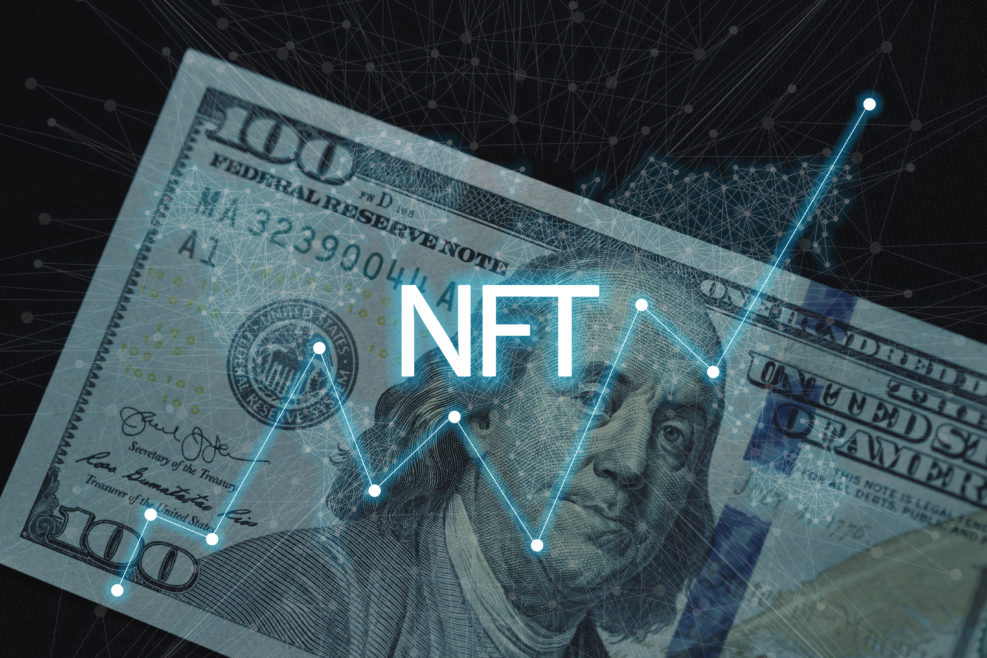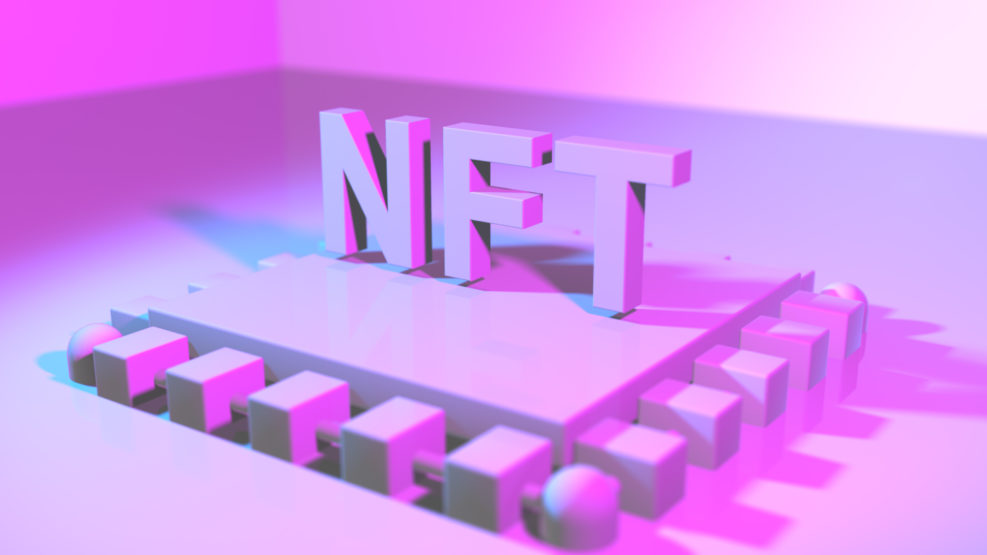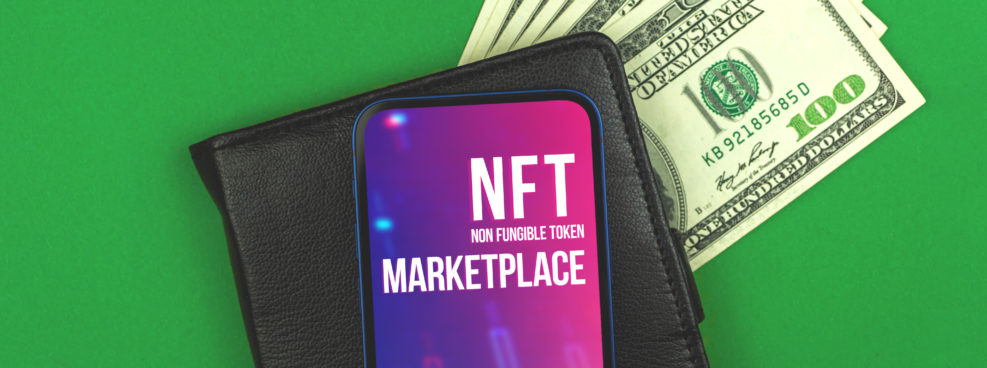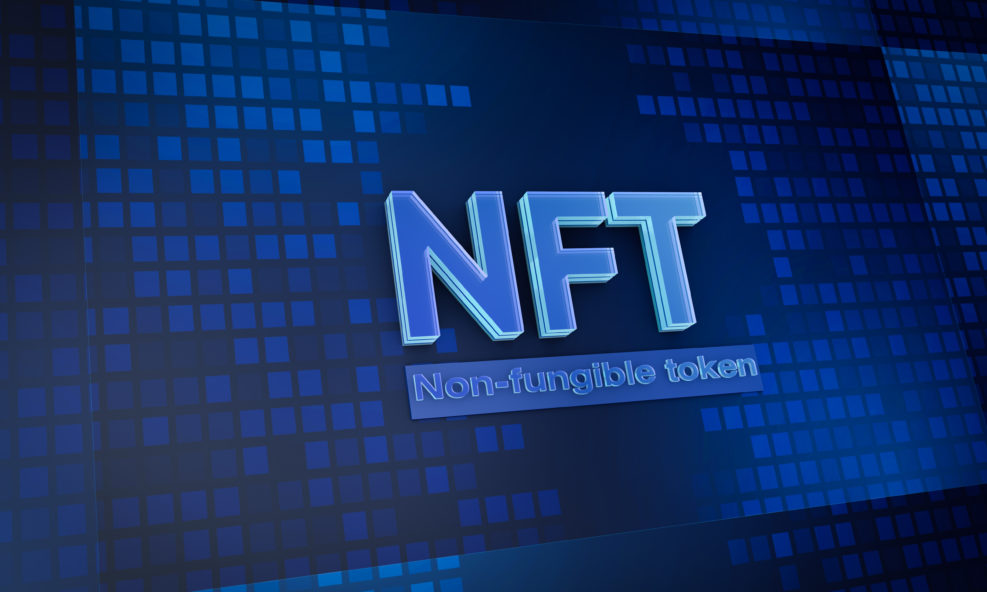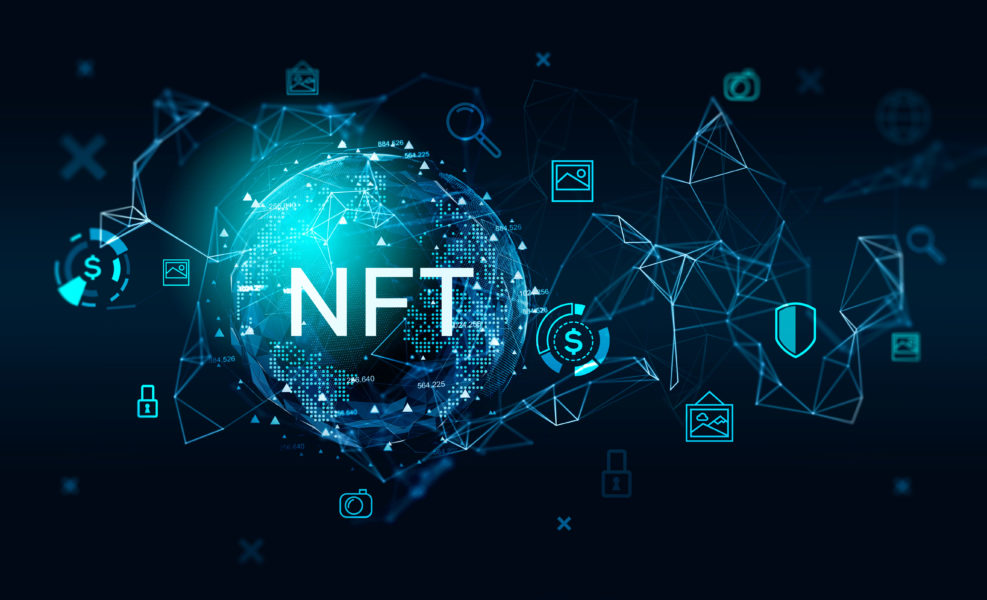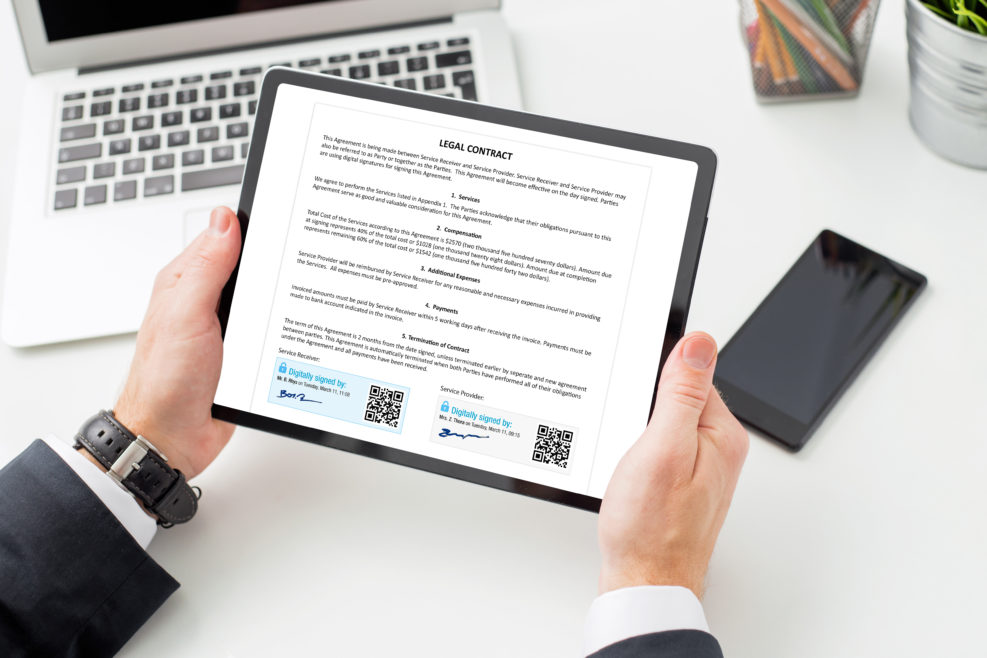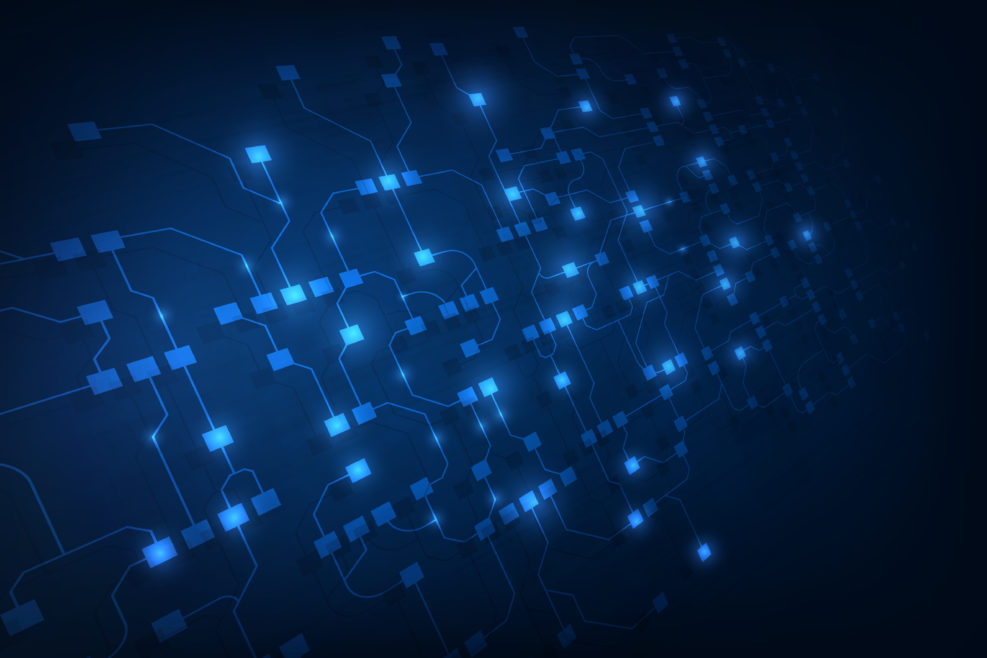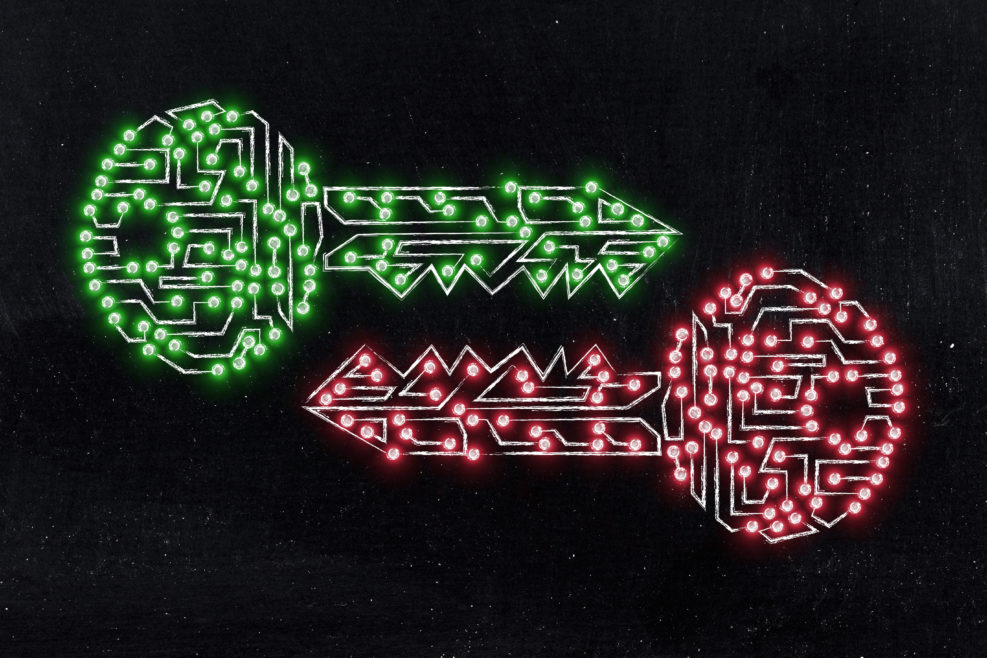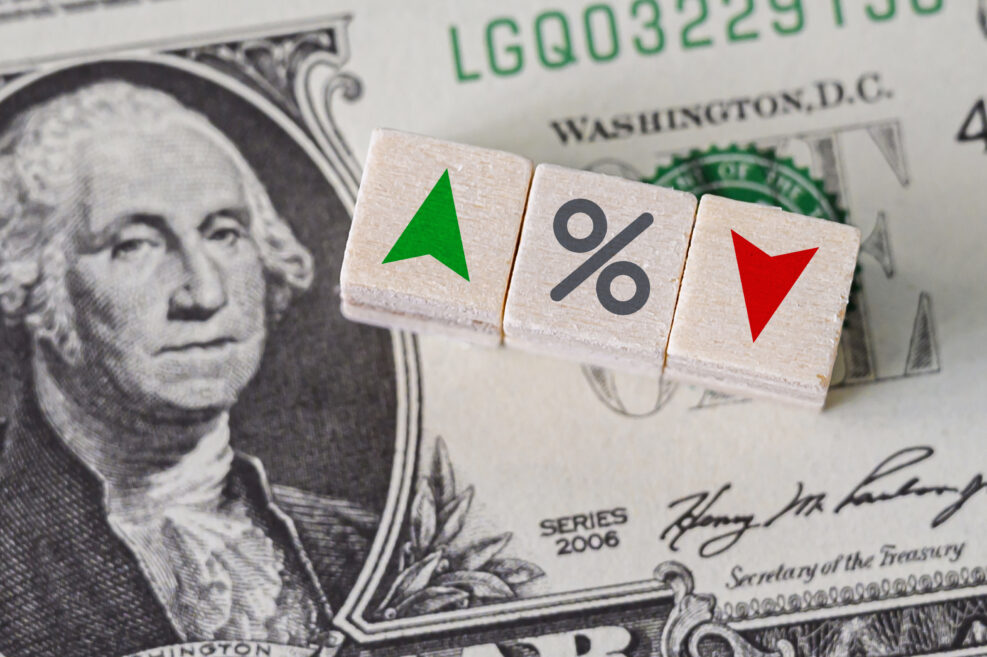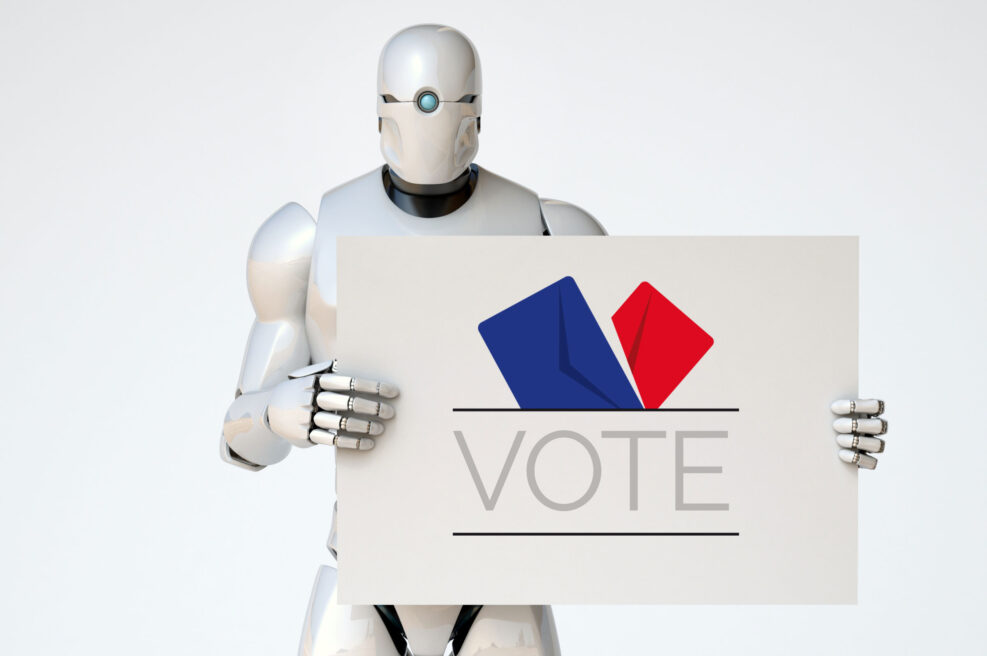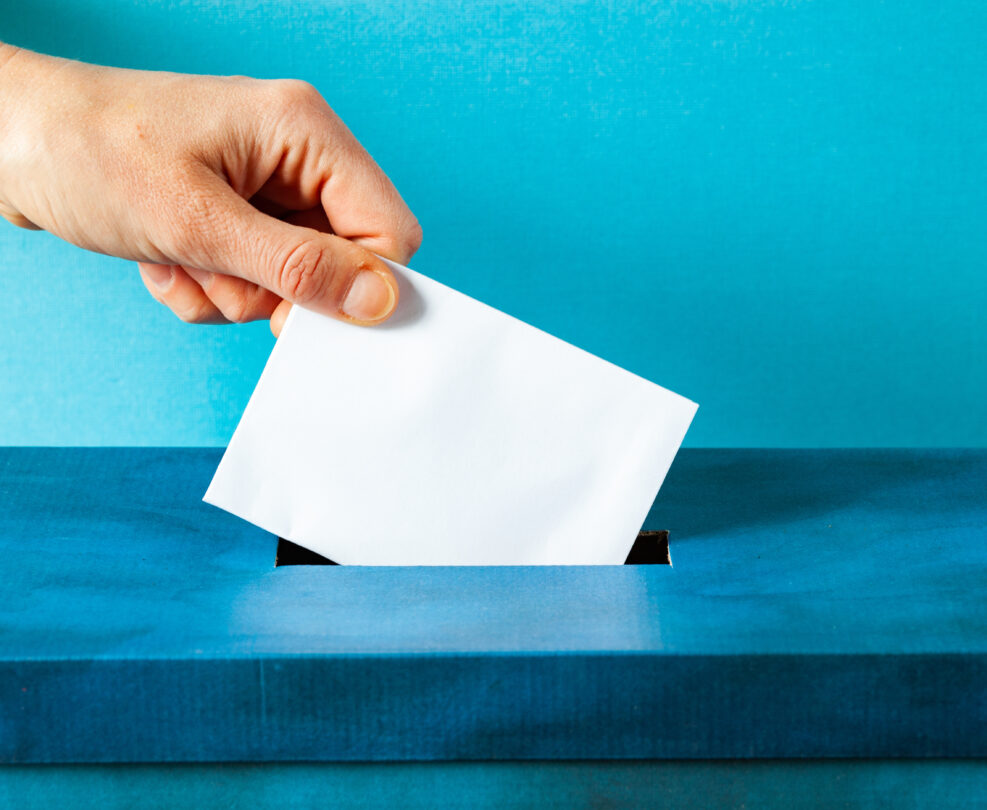
A Market Analyst Explains Why You Should Take Inflation Seriously
Bernard Fickser looks at the tech companies that are worth astonishing amounts, unrelated to their current product linesReaders may remember Bernard Fickser from his series on non-fungible tokens (NFTs) and how they can be made to work better. Now he looks at a more serious problem, the current (quiet) capitalization crisis: the growth in the perceived market value (market caps) of tech companies, far beyond the market value of any assets they have. He recalls the famous (and costly) Dot.com Bubble (1995–2000), when “tech and internet companies that had no actual products or prototypes or detailed plans for products were receiving enormous valuations simply on a promise and a prayer.” Many prayers went unheard and small investors suffered huge losses. Business prof Gary Smith highlights Bill’s Barber Shop in 2000, where locals had reckoned on secure prosperity Read More ›
